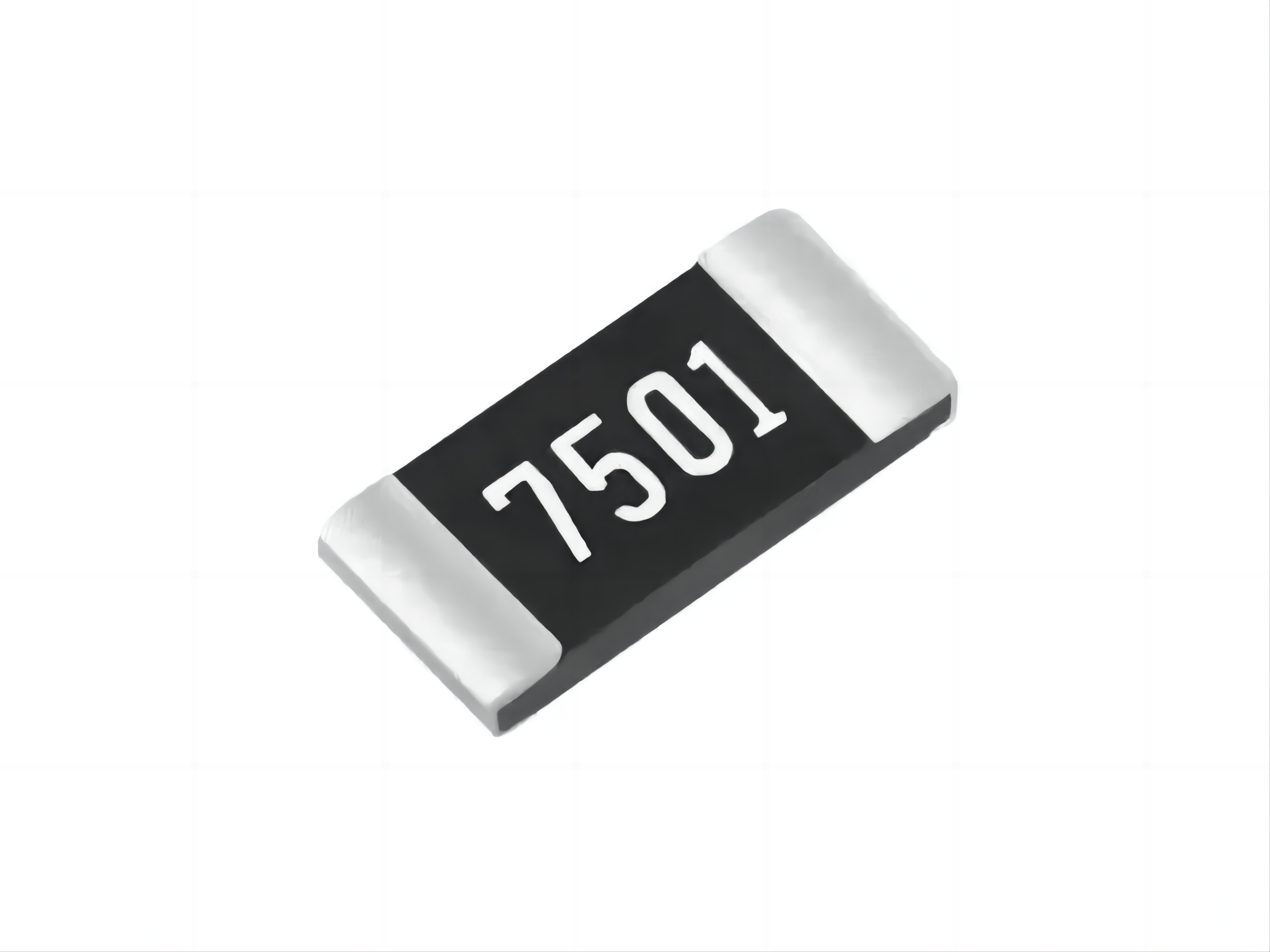Under the premise of the same parameters, surge resistance can theoretically replace ordinary thick film resistors, but it needs to be comprehensively judged based on specific application scenarios. The following is a technical analysis:

1、 Structural performance differences
The anti surge resistor adopts a special ceramic substrate and spiral groove technology. The cross-sectional area of the internal conductor is 1530% larger than that of ordinary resistors, which improves the instantaneous current carrying capacity
Surface coated with silicone arc resistant material, capable of withstanding an instantaneous impact of 510 times the nominal power (typical value: a 2W resistor can withstand a surge of 10 μ s/100A)
The heat capacity is increased by about 40% compared to ordinary resistors. By optimizing the heat dissipation path design, the temperature rise rate is reduced by 2030 ℃/ms
2、 Alternative feasibility
When matching basic parameters (resistance ± 1%, power ≥ original model, TCR ≤± 100ppm/℃), electrical compatibility meets the requirements
Attention should be paid to spatial adaptability: anti surge resistors of the same power level usually have a volume that is 12 package sizes larger (such as 0805 replacing 0603, which needs to be rearranged)
High frequency characteristic difference: parasitic inductance of about 35nH (20% higher than ordinary resistance), impedance characteristics need to be re evaluated when operating frequency>100MHz
3、 Application suggestions
Recommended alternative scenarios:
Switching power buffer circuit (RC absorption circuit)
Relay/contactor contact protection
Industrial equipment I/O port protection
In situations where there is a voltage change rate of ≥ 1kV/μ s
Not recommended alternative scenarios:
High density mounting circuit (limited space)
Precision measurement circuit (additional noise may increase by 0.51%)
Cost sensitive consumer electronics products (with a unit price 23 times higher)
RF matching network (parasitic parameters affecting standing wave ratio)
4、 Key verification points
Conduct 35 8/20 μ s surge tests at 10 times the rated voltage, and observe that the resistance drift should be less than ± 2%
Continuous full load operation requires monitoring of temperature rise, allowing the junction temperature to reach 155 ℃ (ordinary resistors are usually limited to 125 ℃)
When used in DCDC circuits, it is necessary to re evaluate the surge current suppression effect at the moment of startup
Conclusion: Anti surge resistors with parameter matching can safely replace ordinary resistors, but it is necessary to focus on evaluating spatial layout, high-frequency characteristics, and economy. They can improve system reliability in the presence of transient shocks, and may cause unnecessary cost increases in conventional applications. It is recommended to refer to the IEC 6100045 standard for application verification.
